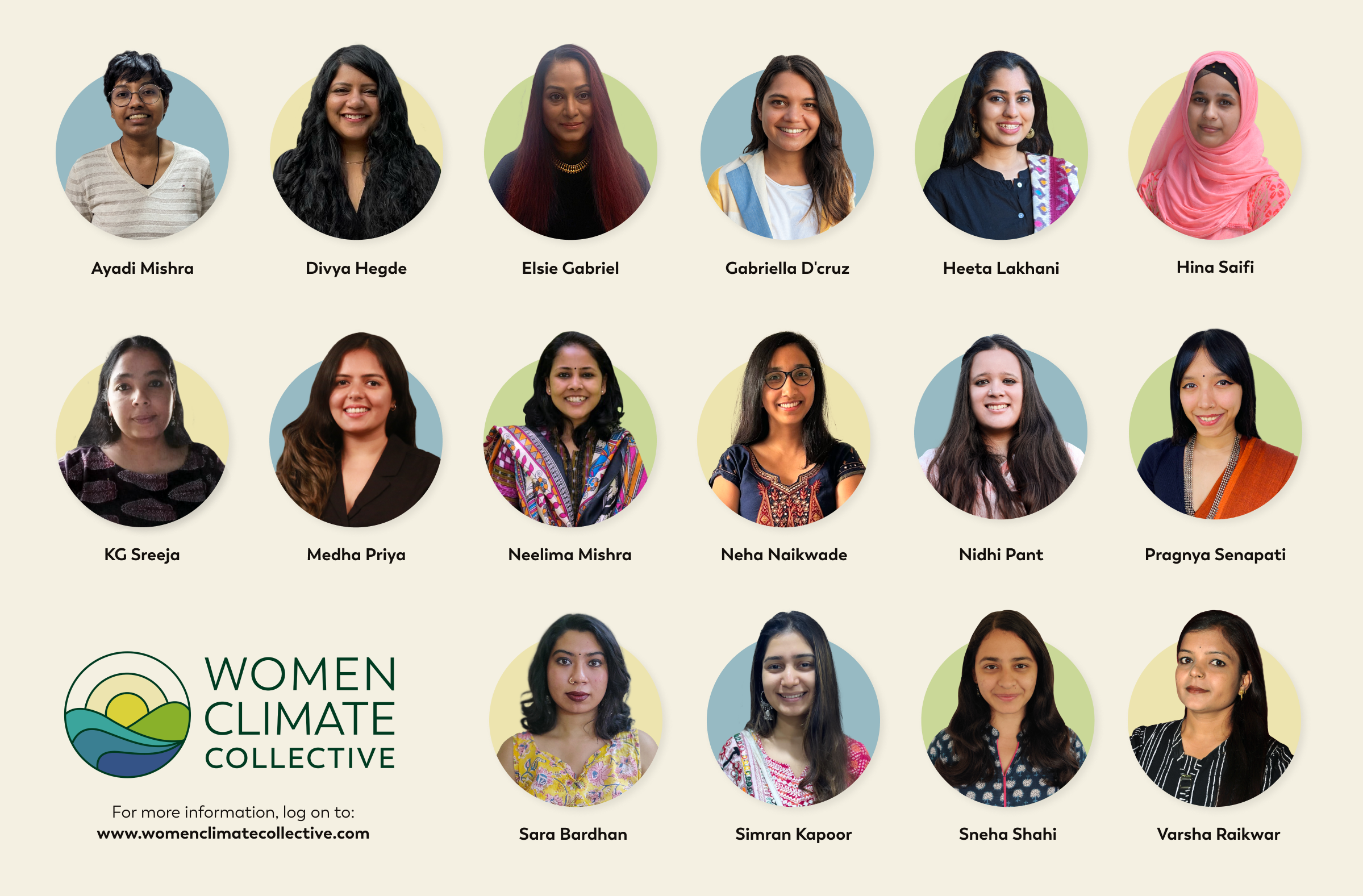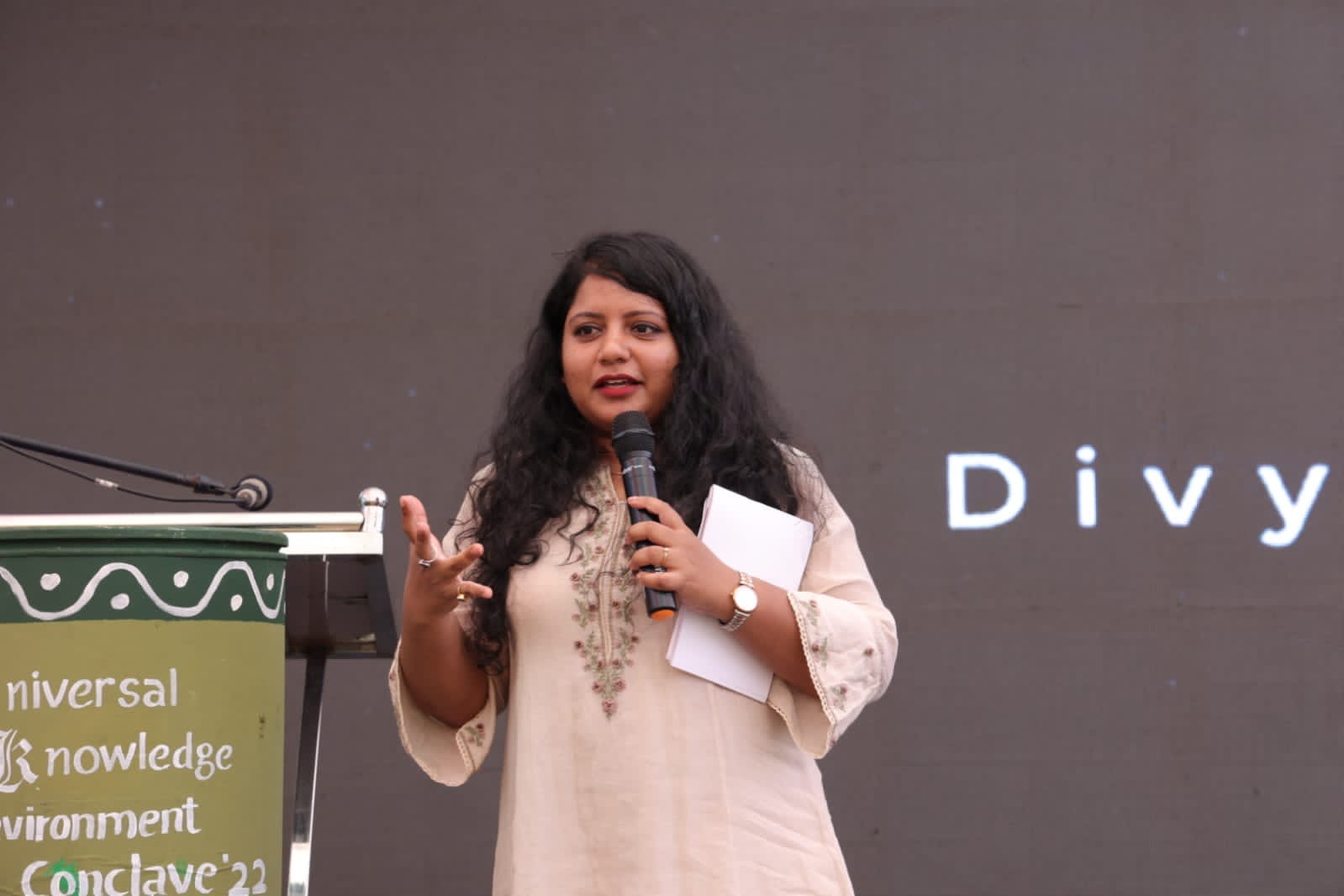Building a Community of Women Climate Leaders to Accelerate Climate Action
Women leading inclusive climate action efforts
Purpose Team
Building women-led climate action: The success of the Women Climate Collective with Fondation L’Oréal
Climate change is disrupting our lives, our societies and our economies, impacting the most vulnerable populations worldwide. Among these are women: according to the United Nations, women are 14 times more likely than men to die during natural disasters. Yet women are very poorly represented in climate decision-making at every level, their lived experiences overlooked and their potential to catalyze accelerated climate action forgone. Elevating women climate leaders is crucial not only to achieve gender equality, but also to create a sustainable future for all.
The opportunity
Fondation L’Oréal had long contributed to global climate action, and they recognized the lack of women’s voices in climate action leadership. As Purpose discussed the challenge with them, we observed a complicating factor: the gender and climate movements are quite diverse and various, lacking a cohesive platform to support necessary breakthroughs toward gender-inclusive climate action. Purpose saw this as an opportunity.
Leveling up by building a community of women climate leaders
“When women have the voice they deserve, they have the capacity to create a more sustainable, more inclusive, and better society. That is why we consider it strategic to empower women’s voices and women-led climate action in India” – Alexandra Palt, Chief Corporate Responsibility Officer and CEO of Fondation L’Oréal.
To help the Foundation center women in its climate work, Purpose proposed building a community that raised the profiles of women as climate champions, showed how much they were already making a difference, and empowered them to learn from each other. Powerful storytelling and communications would catalyze the community’s members to grow and accomplish even more. This community would be called the Women Climate Collective (WCC).
This approach was well aligned with Fondation L’Oréal’s values and goals. “When women have the voice they deserve, they have the capacity to create a more sustainable, more inclusive, and better society. That is why we consider it strategic to empower women’s voices and women-led climate action in India”, says Alexandra Palt, Chief Corporate Responsibility Officer and CEO of Fondation L’Oréal.

The multiplying power of a community: Intersections of climate and gender
We knew climate and gender were both big issues in India individually. Still, as we began to develop the community we were amazed by how much power was unleashed by bringing women climate leaders together. Intersections opened up by the group spoke strongly to both climate- and gender-focused communities right from the start.
In just two months, Fondation L’Oréal and Purpose built an engaged online community of over 1,500 women, with a total reach of nearly 5 million. The benefits were manifold:
- For members: Support and respect. We haven’t offered answers, but we’ve offered space to think more deeply.
- For our WCC champions: The WCC umbrella is adding value to their independent climate actions. For example, Divya Hegde’s work within the WCC community has attracted media opportunities at outlets and forums including FirstPost, Radio One, Conscious Effort Conclave, and Let Me Breathe.

- For community partners: The WCC adds energy and connectedness to their community work.
- For Fondation L’Oréal: The project has achieved nearly 5X its targeted reach; 3X targeted media coverage; and 3X goal for online community size. For example, we’ve seen 80+ media mentions across print, radio and digital, including major outlets such as the Times of India, India Times, Business World, FirstPost, Midday and Radio One.
How to do it: Four steps to grow a new issue-centered community
- Choose a core group of champions. Think about both diversity and reach—we invited 16 well-known actors, nonprofit CEOs, activists, and artists to tell their stories and invite others into the community. Be honest with them about the commitment required to participate.
- Train them and provide tools. We supported our champions in learning how to convey the most important aspects of their stories in a compelling way. We provided branded creative assets, a second pair of editorial eyes, and help in choosing the right opportunities to speak.
- Choose the right channels and community partners. To reach audiences where they were, we went strongly multi-platform, using LinkedIn, Instagram and Facebook. And we forged critical partnering relationships—some financial, some for dissemination, and some for subject-matter expertise—to help build and share knowledge with our WCC community.
- Be ready to adapt! Initially, we planned to use a Facebook group as the “home” of the community and all other channels for announcements that would simply drive people to this base. But activity within Instagram shot up so strongly that we quickly decided to support engagement there, too. In the early weeks, WCC champions asked members what they wanted, and we responded by lining up activities on those topics. Soon, however, we found that organic interaction among members was so active that planned events weren’t needed. Now we focus on supporting member-initiated conversations.
Empowering women’s participation is at the heart of effective and just climate action. Together, we are building a sustainable and inclusive future.